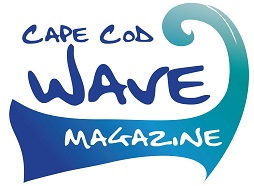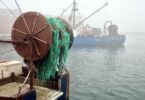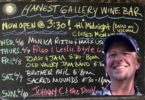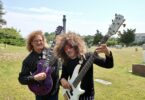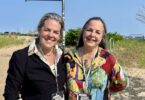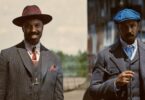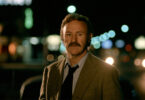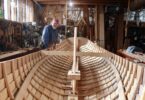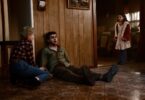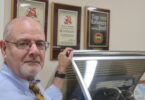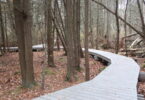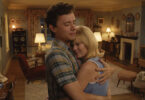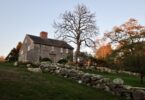PROVINCETOWN – Starting a community radio station on the Outer Cape was an audacious idea that first appeared in 1976 as a spark inside the mind of Mark Primack, a “professional hippie” living in Provincetown at the time. “I had never really accomplished anything,” said Primack, 74, who now lives in New Hampshire. “I was…
You may also like
Happy Fourth of July – It all feels so… “normal” – an Essay
Foggy Evening in Woods Hole – Slide Show
Sarah Burrill: “Rise Above” at the CC Women’s Music Festival – Music VIDEO
ArtsCape: Please Touch (the Art!) at Cotuit
Harvest Days: Remembering Michael Pearson’s Harvest Gallery Wine Bar
The Grab Brothers Make Hippie Happy Music – A Profile
A Paywall For Our Longform Stories
“No Kings” Protests in Falmouth & Provincetown – VIDEO + ESSAY
Spontaneous Collaboration: Jackie Reeves and Lauren Wolk’s InkLine Project
Smoke Stack lightning: ‘Sinners’ sizzles – Play It Again, Tim
Spies play cat-and-mouse in ‘Black Bag’ – Play It Again, Tim
RIP Bruce Maclean – “the last old-time freak”
A suggested Hackman fest, an Oscar recap and a tardy review – Play It Again, Tim
Ho-hum, Oscar night at last–Play It Again, Tim
The “Functional Art” of Walter Baron, Boatbuilder – A Profile
‘Wolf Man’: Toxic masculinity strikes again – Play It Again, Tim
Singer a simian sensation in ‘Better Man’ – Play It Again, Tim
‘Bikeriders,’ ‘Beast’ best of the best for 2024 – Play It Again, Tim
Catching up during awards season; Play It Again, Tim
Follow The Money, and The Good Vibe; Why Shop Local – An Essay
Duo brings Y2K scare back to life in horror comedy
Making Things Happen; Attorney Bruce Bierhans – A Profile
Atlantic White Cedar Swamp Trail + Marconi Station Site – Slide Show
Sunset At The Knob – Slideshow
‘Here’ a forced tale of space and time–Play It Again, Tim
Bourne Farm, West Falmouth – Slide Show
Cardinals ask, ‘Who’s next?’ in ‘Conclave’–Play It Again, Tim
Cranberry Harvest In North Falmouth – Slide Show + VIDEO
The “Y” in the road; Another “Most Important Election Of Our Lifetime” – An Essay
3 Minutes Of Running Water Zen at Four Ponds Conservation Area – VIDEO
About the author
Brian Tarcy
Brian Tarcy is co-founder of Cape Cod Wave. He is a longtime journalist who has written for the Boston Globe, Boston magazine, the Cape Cod Times and several other publications. He is the author of "YOU CAN'T SELL RIGHT FIELD; A Cape Cod Novel." He is also the author or co-author of more than a dozen mostly non-fiction books, including books with celebrity athletes Cam Neely, Tom Glavine and Joe Theisman. His previous book was, "ALMOST: 12 Electric Months Chasing A Silicon Valley Dream" with Hap Klopp,who created the iconic brand, The North Face.
For more information, see Briantarcy.com
Brian is a long-suffering Cleveland Browns fan with a long-running NFL predictions/political satire column connecting weekly world events to the fate of his favorite team, now at Whatsgonnahappen.com.
